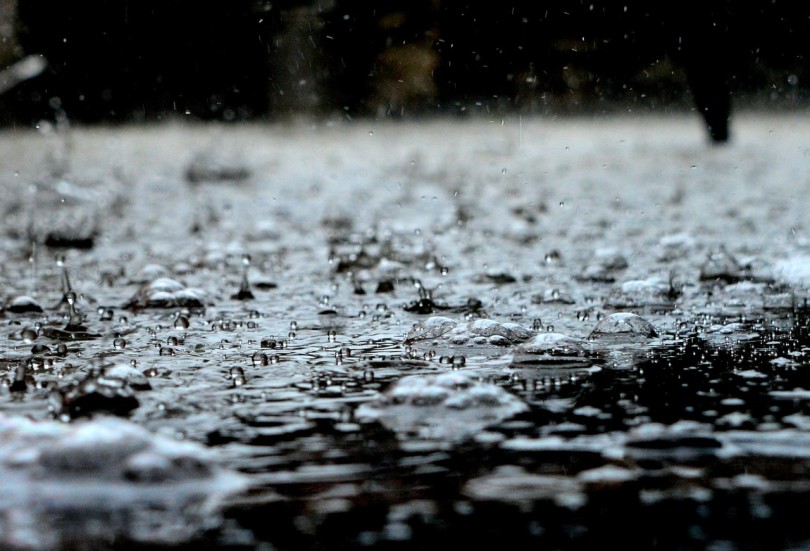How is the UAE encouraging people to rethink DESALINATION?
15 Apr 24
Enviro ChatThe Global News Source for the World of Science and Chemicals
31 October 2021
Enviro Chat
Extended periods of heavy rainfall have become more commonplace in the UAE over the last 20 years, according to a new report. Undertaken jointly by the National Centre of Meteorology (NCM) and the Khalifa University of Science and Technology, the report found that climate change was most likely to blame for an increase of mesoscale convective systems (MCSs).
This type of weather phenomenon normally affects precipitation in springtime and has been linked to the warming of the Earth’s atmosphere, which makes it more effective at retaining moisture. Scientists fear that this could increase the risk of flooding, but also potentially benefit domestic agriculture, food production and water security in the UAE.
The revealing study analysed the frequency of 95 MSCs between 2000 and 2020, using satellite imagery and observational data. By cross-referencing the statistics available to them, they determined that these extreme weather episodes were happening for longer. This, they believe, is due to moisture from the Arabian Sea, Red Sea and Arabian Gulf being trapped over the Emirates.
This is concerning because it increases the likelihood of flooding incidents. Not only can these pose a threat to human life, private property and public infrastructure, but they can also contaminate water supplies. In turn, this complicates the different stages of the wastewater treatment process and makes it more difficult to protect the country’s fragile reserves of drinking water.
Even though the phenomenon adversely affects the UAE and its citizens in very tangible ways, it could also bring some benefits, too. That’s because on average, many parts of the country enjoy less than 100mm of rainfall in an entire year. This makes it extremely challenging to grow crops or bolster drinking water supplies, which is why some 85% of the UAE’s food is imported.
However, increased rainfall could help to alleviate that problem. By factoring rainwater retention into urban development strategies, and planning agricultural schedules around such weather events, the country could turn a drawback into a benefit. Of course, similar preparation must be put in place to ensure that damage caused by MCS-related flooding is kept to a minimum.
In a separate research investigation, NCM scientists discovered that the country’s cloud seeding drive had produced favourable results. The programme was launched in 2003, so by comparing precipitation volumes from the two decades prior with the years that followed, they were able to ascertain that seeded regions enjoyed 23% more rainfall.
“The work provides new insights for assessing long-term seeding impacts and has significant implications for policy and decision-making related to cloud seeding research and operational programmes in arid regions,” explained the research team. This rainfall differed from that produced by MCSs by the time of year it occurred during, ensuring that the positive outcomes were not false positives.
DOWNLOAD PDF

2 Day Seminar Program
@ ArabLab+ 2024
24 & 25 September 2024
Your stay in Dubai
Labkit
Product News
Chemkit
Product News
Thinking about exhibiting at ARABLAB 2024? Watch our video to find out more.
Join the world’s leading organisations…
Join our mailing list and receive the ARABLAB newsletter and event updates.